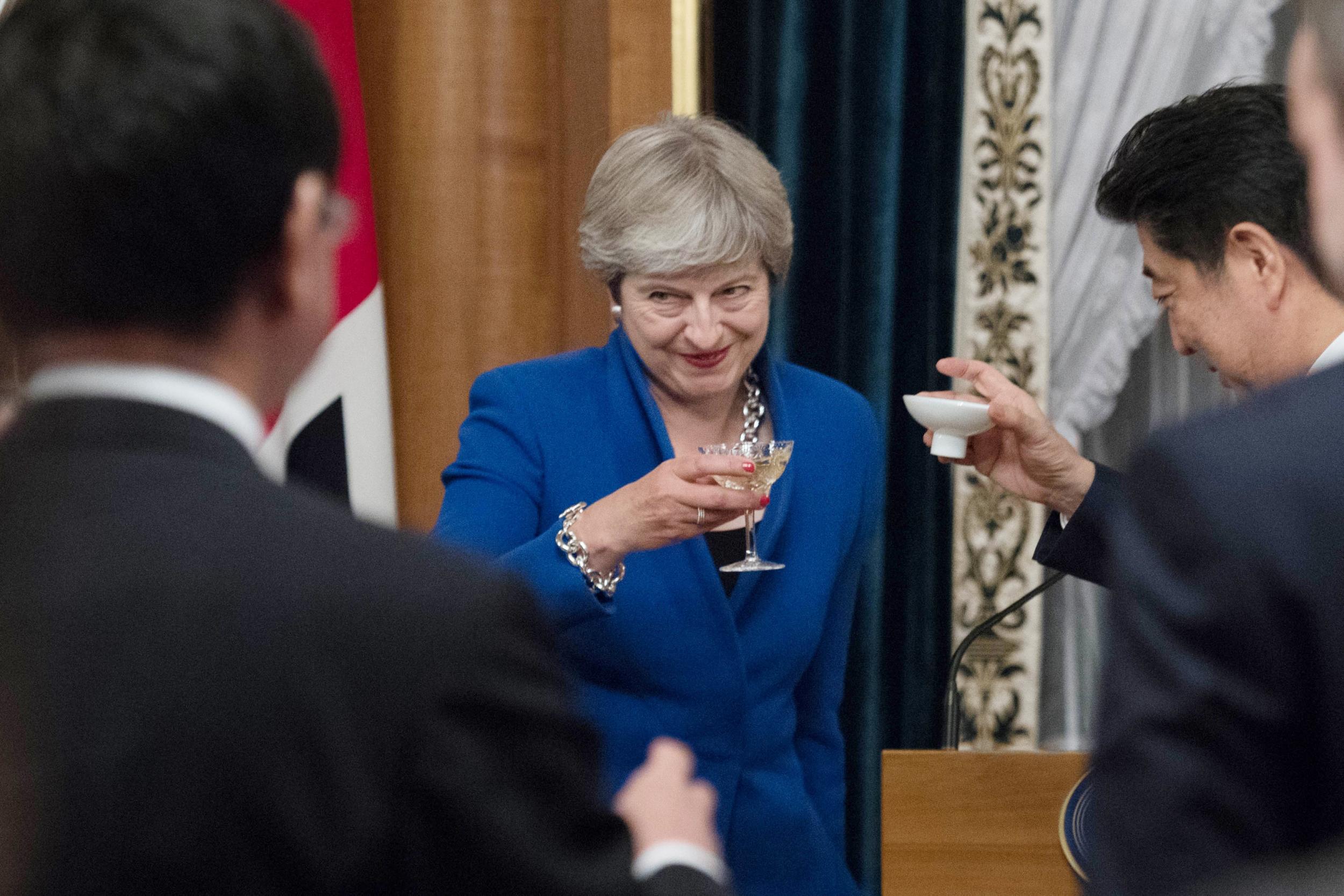Theresa May is merely a caretaker prime minister – it's what comes next that Labour should be worried about
Many Tories thirst for someone and something new: a fresh face and some fresh ideas


Theresa May can be the new Michael Howard. That’s the dream in Downing Street these days.
Howard is that rarest of Tories, a loser fondly regarded by a party that only loves winners. Conservatives overlook Howard’s 2005 defeat by Tony Blair as historically inevitable, given the party’s brand problems and TB’s mastery.
The important thing was that Howard lost well, restoring a sense of stability to a party brought to the brink by Iain Duncan Smith. He also managed his exit with purpose, bringing on a new generation of Tory talent; for a while, he toyed with favouring George Osborne as his chosen successor, but settled on David Cameron instead.
(How British history might have been different had Howard chosen differently is one of the great “What Ifs” of our time. Or at least a topic for another column, though presumably not one in the Evening Standard. But if you're reading, George, you know where to find me.)
Which brings us to May. What keeps her in place as Tory leader and PM, for now, is the remarkable absence of potential replacements. None of the Cabinet names touted as successors (Boris, Davis, Rudd, Hammond) has deep support among Tory MPs or members, never mind the public at large.
Many Tories thirst for someone and something new: a fresh face and some fresh ideas. But neither has yet emerged and until they do, May remains PM by default. That’s probably fitting; remember, she got the job by default, because all the other contenders destroyed themselves.
Could May follow Howard’s example and bring on the next generation of Tories, helping the party skip a generation and install a relative newcomer at the top before the next election? That would be a huge step for that successor to take. All the 39-year-old Cameron had to do when he got the job in 2005 was lead a political party and serve as Leader of the Official Opposition, giving him five years to be prepare for the premiership. May’s successor will almost certainly walk into No 10 and the leadership of a nation in the throes of Brexit. That may yet temper the Tory thirst for a fresh face at the top.

But let’s say May does indeed want to hand over to younger Tories, and leave her party able to at least contend at the next general election. How could she do it? Much attention will focus, as it always does, on personalities and jobs: Westminster loves reshuffle chatter, even though the identity of the parliamentary under-secretary for paperclips is a subject of almost complete indifference to most voters.
So don’t be surprised if you start seeing stories about a reshuffle where the PM brings in “fresh blood” and promotes “new talent” so that the various Tory princelings can strut their stuff in ministerial office.
But if May really wants to serve her party, really wants to help the Tories do what’s needed to stay in the fight in the years ahead, she’ll look beyond personnel and to one of the deeper questions of politics: perception.
Anyone who spends any time on Facebook (this generally excludes most people at Westminster, where Twitter is, wrongly, accorded much greater importance) knows that today’s Tories have an image problem, and a grave one at that.
This goes beyond policies. It’s about intent. Never mind what, if any solutions the party is offering, a significant number people, especially people under 40, simply don’t believe that Tories even want to help solve the problems that shape their lives – the property market, falling real wages and job insecurity – let alone have a plan to do so.

Some younger Tories are privately waking up to their party’s dreadful standing with the younger half of the electorate, but others are still a little too sanguine, lulled by headline polling figures that still put the party’s overall standing at around 40 per cent.
Never mind following Michael Howard, if May wants to serve her party, it’s her own history she should learn from. In 2002, she startled her colleagues by telling Tories many voters saw them as the Nasty Party.
That upset many, but the shock she delivered helped jolt the Tories into the decisions that allowed the party to choose in 2005 a leader who – whatever his later failings – at least looked like he understood and even liked modern Britain, backing previously non-Tory things like gay marriage and the NHS.
If the Tories are to survive the turmoil that will follow May’s inevitable departure, they will need to pick a new leader and a new mission having first faced up to the scale of their problems. They need another “Nasty Party” shock. Theresa May, a leader with nothing to lose, is the perfect person to deliver it.
James Kirkup is the former executive editor of politics at the Daily Telegraph and director of the Social Media Foundation
Join our commenting forum
Join thought-provoking conversations, follow other Independent readers and see their replies
Comments
Bookmark popover
Removed from bookmarks